- Written By Team DWS
- Festivals
- April 04, 2025
Celebrating Rama Navami: Traditions, Rituals, and Significance
Rama Navami, the joyous festival commemorating the birth of Lord Rama, is celebrated with great fervor across India and by Hindu communities worldwide. This auspicious occasion not only honors the divine hero of the epic Ramayana but also signifies the triumph of good over evil, virtue over vice, and dharma over adharma. With a rich tapestry of traditions and rituals, Rama Navami encompasses the heart and soul of the Hindu cultural ethos.
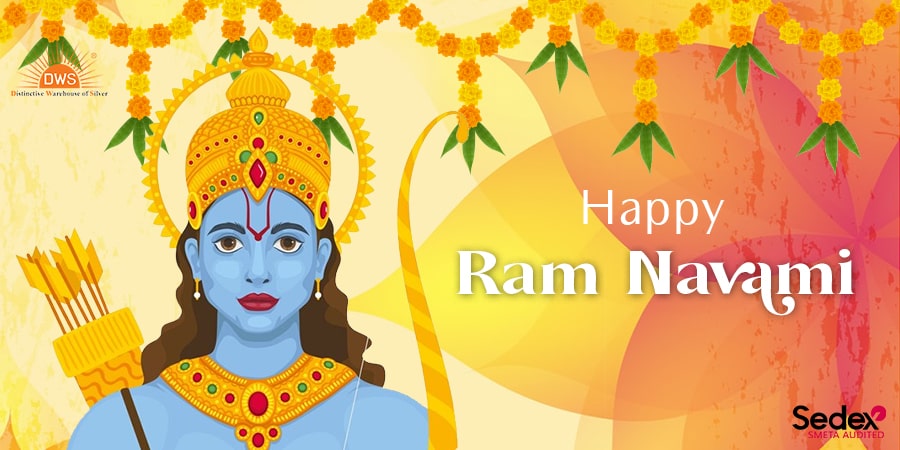
The Significance of Rama Navami
Rama Navami occurs on the ninth day (Navami) of the Chaitra month in the Hindu lunar calendar, typically falling in March or April in the Gregorian calendar. The day marks the appearance of Lord Rama, the seventh avatar of Vishnu, who is revered as the ideal man and king. His life, as outlined in the Ramayana, serves as a moral guide, embodying righteousness, honor, and bravery.
The festival holds immense significance not only for its religious value but also for its role in fostering community spirit and reinforcing cultural identity. It imparts important lessons about duty, sacrifice, and love as exemplified by Rama and his relationships with his family members—especially Sita, his wife, and Lakshmana, his loyal brother.
Traditional Celebrations
1. Ritualistic Worship and Puja
The day begins with devotees undertaking ritualistic worship (puja) to honor Lord Rama. Many commence their celebrations with a holy bath and don new, often traditional, attire. Homes and temples are adorned with flowers, mango leaves, and intricate rangoli designs to create a festive ambiance.
The centerpiece of the worship is the installation and decoration of Rama's idol, often accompanied by those of Sita and Lakshmana. Devotees offer fruits, sweets, and other ceremonial items, reciting verses from the Ramayana and chanting mantras. The 'Aarti,' a ceremonial light offering, is performed to invoke the blessings of the divine.
2. Kirtans and Bhajans
Music and devotion are integral to Rama Navami celebrations. Kirtans (devotional songs) and bhajans (hymns) dedicated to Lord Rama resonate throughout the day, creating an atmosphere of joy and reverence. Community gatherings often come alive with the melodies of these spiritual songs, as citizens of all ages join in chorus, sharing stories of Rama’s valor and virtues.
In many towns, especially in Ayodhya, the birthplace of Lord Rama, large public gatherings take place featuring impressive musical performances and dramatic reenactments of scenes from the Ramayana. These cultural gatherings serve as a reminder of Rama’s teachings and significance in today’s world.
3. Rama Navami Processions
One of the most visually striking aspects of Rama Navami is the vibrant processions that take place in various cities. Participants dress as characters from the Ramayana, portraying Lord Rama, Sita, Hanuman, and other significant figures. These processions are often adorned with ornate floats, music, dance, and colorful decorations, drawing communities together in celebration.
In Ayodhya, the festivities attract thousands of pilgrims who participate in a grand procession to the Ram Janmabhoomi temple. The energy and enthusiasm of the devotees create a captivating spectacle, reaffirming the shared devotion to Lord Rama.
4. Fasting and Feasting
Fasting is a common practice on Rama Navami as devotees seek spiritual purity and consciousness. While some may abstain entirely from food, others may opt for a day of vegetarian meals featuring fruits, nuts, and special delicacies known as ‘neivedya’ offered to the deities. After the puja, communal feasting (Prasad) follows, where the blessed food is shared among family and friends. This sharing embodies the spirit of togetherness and community.
The Broader Cultural Impact
Rama Navami transcends mere religious observance; it encourages values such as unity, compassion, and service within the community. The festival engages people in acts of charity, with many choosing to donate to those in need, further amplifying the significance of the occasion.
This celebration also serves as an opportunity for education, allowing families to come together to tell the stories of Rama and impart essential life lessons to younger generations. The timeless nature of the Ramayana resonates with moral dilemmas that people continue to face, making Rama Navami a relevant occasion for introspection and learning amidst modern challenges.
Conclusion
As we celebrate Rama Navami, it’s important to reflect on the teachings of Lord Rama and integrate them into our everyday lives. The celebration serves as a beautiful reminder of the values of love, integrity, and devotion—principles that can guide us through our personal and collective journeys. Whether through prayers, music, or community gatherings, the spirit of Rama Navami reinforces the importance of unity, respect, and harmony among all individuals. As we come together to honor Lord Rama’s legacy, let us embrace these values and strive to embody them in our actions, fostering a sense of compassion and understanding in our communities. This festival not only celebrates the divine but also encourages us to pursue our own paths with righteousness and a commitment to the greater good. May the teachings of Lord Rama inspire us to be better individuals and contribute positively to the world around us.

Rama Navami FAQs: Your Questions Answered
Certainly! Below are some frequently asked questions (FAQs) about Rama Navami:
1. What is Rama Navami?
Rama Navami is a Hindu celebration that honors the birth of Lord Rama, who is the seventh incarnation of the deity Vishnu. It falls on the ninth day of Chaitra month in the Hindu calendar, usually in March or April.
2. What is the significance of celebrating Rama Navami?
Rama Navami is celebrated to honor the birth of Lord Rama, who is regarded as a symbol of virtue, dharma (righteousness), and honor. The festival also marks the victory of good over evil.
3. How is Rama Navami celebrated?
Celebrations of Rama Navami vary by region but often include:
- Recitation of the Ramayana, an epic that narrates Lord Rama's life.
- Temples hold special prayers (pujas) and processions.
- Devotees fast, sing bhajans (devotional songs), and participate in rituals.
- In some regions, dramatic performances of Rama's life, known as Ramlila, are staged.
4. What rituals are performed on Rama Navami?
Common rituals include:
- Fasting (some devotees observe a full fast, while others may consume only fruits or specific foods).
- Visiting temples and offering prayers and offerings to Lord Rama.
- Reading or reciting verses from the Ramayana.
- Organizing community events and feasts.
5. Is Rama Navami a public holiday?
Rama Navami is a public holiday in several states in India. However, it is observed with varying degrees of significance across different regions.
6. What are the specific significance and symbolism associated with Rama Navami?
The festival symbolizes the arrival of goodness and the defeat of evil. Lord Rama represents the ideal man (Maryada Purushottama) and is revered for his virtues such as justice, duty, and respect for elders.
7. What traditional foods are prepared for Rama Navami?
Devotees often prepare special dishes as offerings to Lord Rama, including:
- Kheer (a rice pudding)
- Puri (deep-fried bread)
- Various sweet and savory snacks
- Fruits
8. Can non-Hindus participate in Rama Navami celebrations?
While Rama Navami is primarily a Hindu festival, many celebrations are open to all and invite people from various backgrounds to join in the festivities, learn about Hindu culture, and engage in community activities.
9. What is the significance of chanting the name of Rama on this day?
Chanting the name of Lord Rama is believed to purify the mind and soul, bring peace, and dispel negativity. Many devotees chant the "Rama Nama" (the name of Rama) to seek his blessings.
10. Are there any specific customs based on regions for Rama Navami?
Yes! Different regions in India have unique customs:
- In Ayodhya, a grand celebration occurs, including a ritual bath in the Sarayu River and elaborate processions.
- In Karnataka, people celebrate with a festival known as "Rama Navami Mela," where various cultural events take place.
- In Maharashtra, the festival may include a celebration of "Rama Bhakti" through singing and community gatherings.
These FAQs provide an overview of Rama Navami and the traditional and cultural significance associated with the festival.
Popular on Blogs
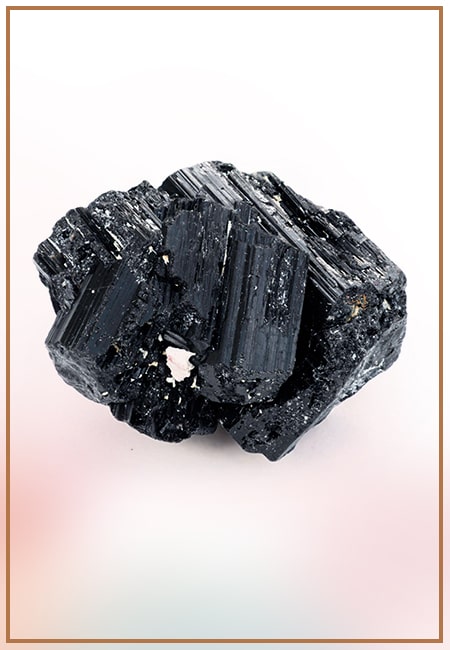
Black Tourmaline: Meaning, Healing Properties, Fascinating Facts, Powerful Attributes, Versatile Uses, and Beyond
September 05, 2023 / BY Team DWS
Black Tourmaline, also known as Schorl, is a highly revered crystal with incredible metaphysical properties. It derives its name from the Dutch word "turamali," meaning "stone with ..
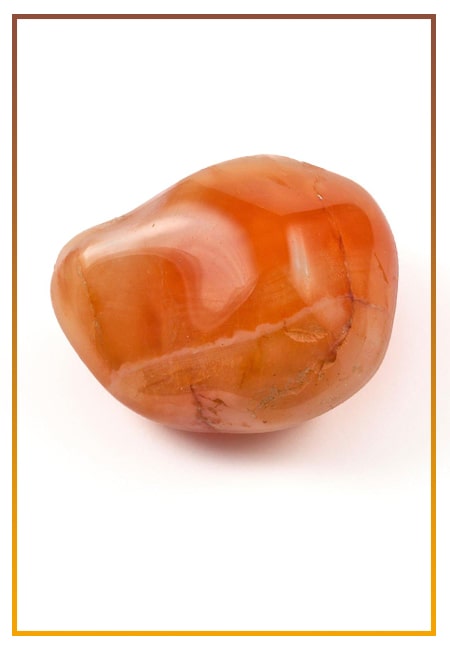
Carnelian Stone: Meaning, Healing Properties, Power, Facts, Color, Uses and More
December 26, 2023 / BY Team DWS
Carnelian is a vibrant and captivating gemstone that holds a plethora of meanings, healing properties, and powers. Its warm and fiery energy makes it a popular choice among crystal ..
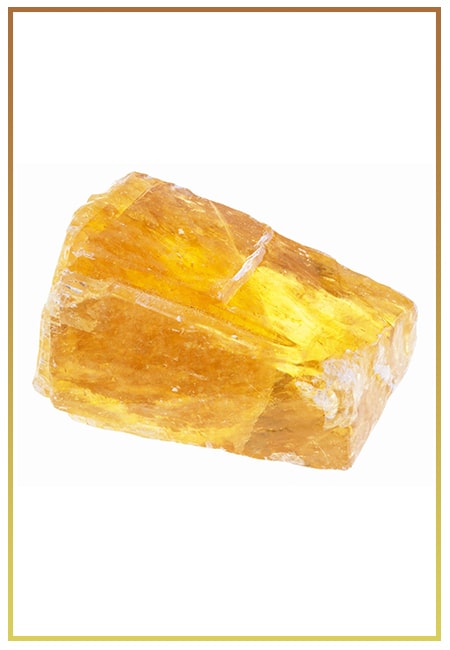
Citrine: Exploring its Meaning, Healing Properties, Fascinating Facts, Powers, Versatile Uses, and Much More
November 18, 2023 / BY Team DWS
Citrine, with its warm golden hues, has captured the attention and imagination of people for centuries. This beautiful gemstone, commonly associated with wealth and prosperity, hol ..

Black Onyx: Unveiling the Meaning, Healing Properties, Fascinating Facts, Powerful Attributes, Versatile Uses, and Beyond
July 25, 2023 / BY Team DWS
Black Onyx, a striking gemstone admired for its deep black hue and elegant appearance, has captivated people for centuries. In this comprehensive guide, we will delve into the mean ..
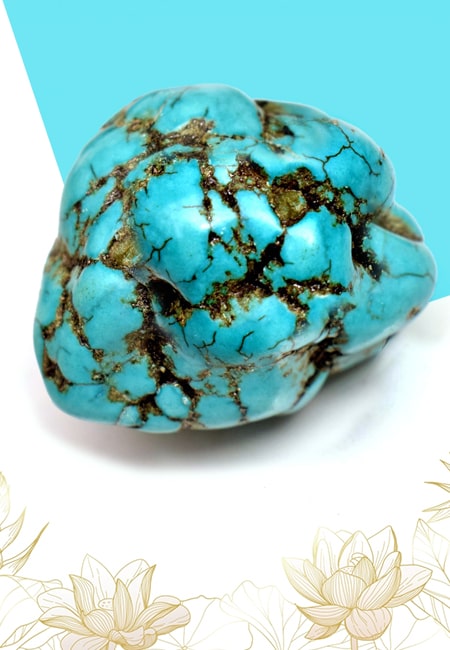
Unveiling the Mysteries of Turquoise Stone: Exploring its Meaning, Healing Properties, Power, Facts, Color, Uses, and More
December 05, 2023 / BY Team DWS
Turquoise, with its captivating blue-green hue, has been adorning jewelry and artifacts for centuries. This striking stone has a rich history, rich symbolism, and a plethora of int ..
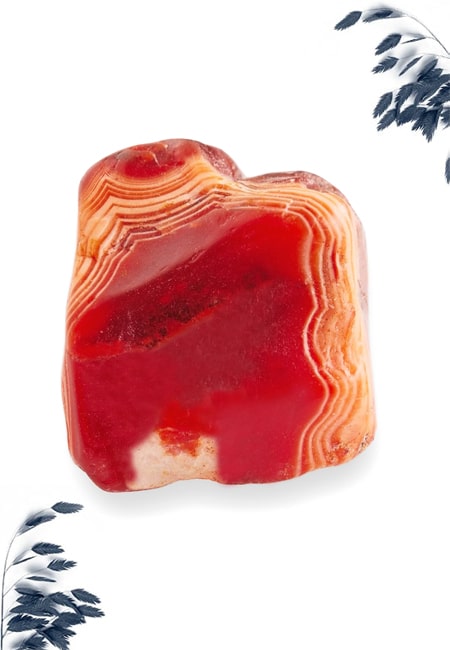
The History Behind The Popularity of Red Agate
December 23, 2022 / BY Team DWS
An Agate is a type of magma rock that takes many years till it is washed out naturally into the water. And that is the reason this stone has elements of water. This beautiful stone ..

Bloodstone: Unveiling the Meaning, Healing Properties, Facts, Powers, Uses, and More
August 21, 2023 / BY Team DWS
Bloodstone, with its captivating deep green color with specks of red, is a mesmerizing gemstone that has fascinated civilizations for centuries. It possesses unique healing propert ..

Plan a Perfect Valentine's Week with Our Valentine Week List 2025
January 22, 2024 / BY Team DWS
Valentine's Day is undoubtedly the most romantic day of the year, but we believe that one day is just not enough to express your love and make your partner feel special. That's why ..


